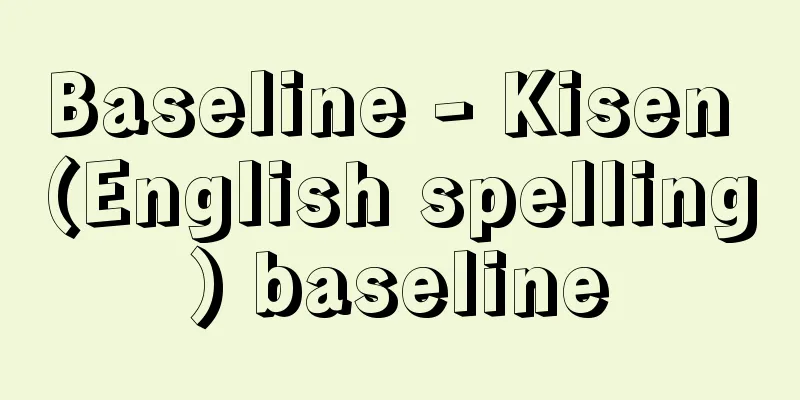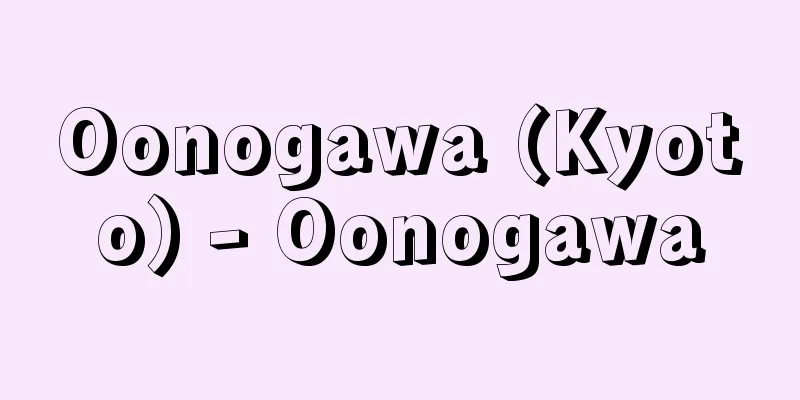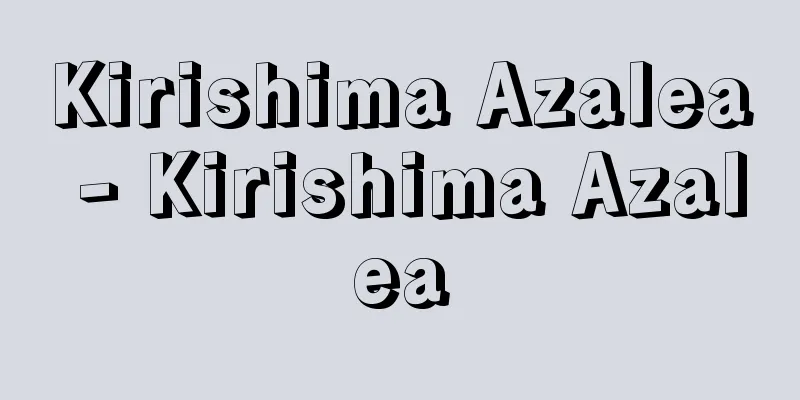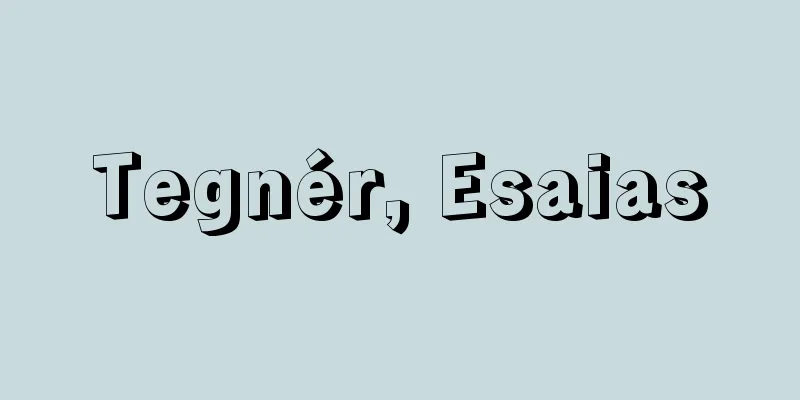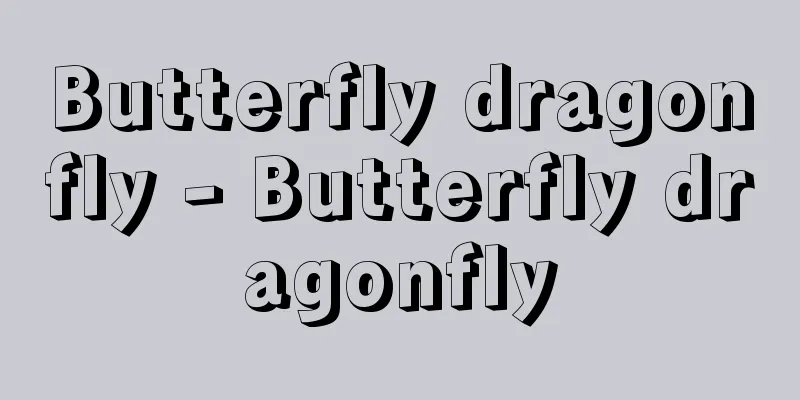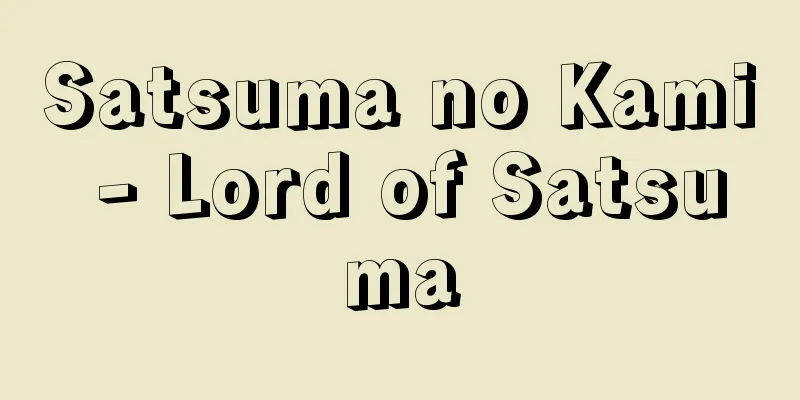Kazuma Ogawa
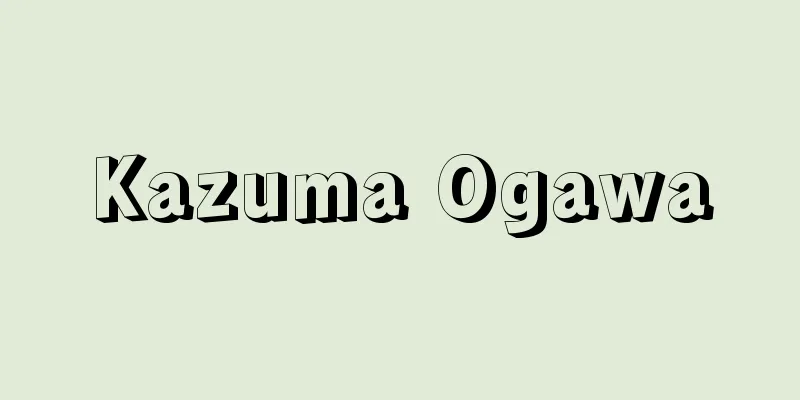
|
Year of death: September 6, 1929 (Showa 4) Year of birth: 1860.9.29 (1860.9.29) A pioneer in the photography and photo publishing industries in Japan. His name can also be read as Kazumasa or Kazuma. He was born in Shinobu, Musashi Province (Gyoda City). In 1873 (Meiji 6), he was sponsored by the former feudal lord Matsudaira Tadataka to enter Arima School in Tokyo and study civil engineering. In 1880, he studied English at Borough School in Tsukiji, and the following year became a police interpreter in the foreign settlement in Yokohama. In 1882, he traveled to the United States to pursue photography, which he had become interested in during his time at Arima School. In America, he lived at the Houseting Photo Studio in Boston, learning the latest photography techniques and collotype printing techniques introduced from Europe, and returned to Japan in January 1884. In the same year, he opened Gyokujunkan in Iidamachi, Tokyo, and gained a reputation as a studio that used the latest technology to take photographs, while also developing into a diverse businessman. In 1882, he tried to manufacture photographic dry plates, but failed, but in 1883, he began selling materials for the carbon printing method. In 1889, he revived the magazine Shashin Shinpo and became its editor and publisher, publishing it through Hakubundo Bookstore (until September 1969). As for his photography work, in 1887, he was commissioned by the Ministry of Home Affairs to photograph the corona of a total solar eclipse, and the following year, he accompanied Privy Councillor, Baron and Chief Librarian Kuki Ryuichi on a survey of ancient art and cultural properties in the Kinki region, surveying and photographing cultural properties such as Buddhist statues left behind in old temples in Nara. This work led him to accompany Ernest Fenollosa on his survey of the art history of Nikko, and later founded Kokkasha with Okakura Tenshin (Kakuzo) and others, and in October 1889, launched the art magazine Kokka, which included illustrations printed using collotype. He also made numerous achievements in the field of documentaries, such as his surveys of the Sino-Japanese War, the Great Nobi Earthquake, and the life history of the Ainu people, and he continued to use photography in social purposes throughout his life. (Hiraki Osamu) Source: Asahi Japanese Historical Biography: Asahi Shimbun Publications Inc. About Asahi Japanese Historical Biography |
|
没年:昭和4.9.6(1929) 生年:万延1.8.15(1860.9.29) 日本における写真業並びに写真出版業の先覚者。名はかずまさ,かずまとも読む。武蔵国忍(行田市)生まれ。明治6(1873)年,旧藩主松平忠敬の給費で東京の有馬学校に入り土木工学を修め,13年築地のバラー学校で英語を学び,翌年には横浜の外国人居留地で警察の通詞となる。 15年有馬学校時代に興味を抱いた写真術を極めようと,渡米する。アメリカではボストンのハウスティング写真館に住み込み,ヨーロッパから伝えられる最新の写真技術,コロタイプ印刷術などを習得し,明治17年1月帰国した。同年,東京飯田町に玉潤館を開業し,最新の技術で写真撮影をする写真館として評判をとる一方,事業家としても多彩な展開をみせる。17年から写真乾板の製造に乗り出し失敗したが,続いて18年カーボン印画法の材料を売り出す。また22年には雑誌『写真新報』を復興して編集人兼発行人となり,博文堂書店から刊行した(1969年9月まで)。 撮影の仕事としては,明治20年内務省の委嘱で皆既日食のコロナ撮影を行い,翌21年,枢密院顧問官,男爵で図書頭の九鬼隆一による近畿地方の古美術文化財調査に同行し,奈良の古寺に遺された仏像など文化財の調査撮影を行った。この仕事が契機となりフェノロサの日光の美術史調査にも同行し,のち岡倉天心(覚三)らと国華社を設立,明治22年10月コロタイプ印刷による図版入りの美術雑誌『国華』を創刊するに至った。また,日清戦争や濃尾大震災,アイヌ民族の生活誌調査など,ドキュメンタリーの分野でも数多くの業績を残し,写真を社会的な途に活用する生涯を貫いた。 (平木収) 出典 朝日日本歴史人物事典:(株)朝日新聞出版朝日日本歴史人物事典について 情報 |
Recommend
Rabaab
Arabic name used for various kinds of stringed ins...
Joachim Du Bellay
1522‐60 A French Renaissance poet. Born into a min...
Stone bridge - Shakkyo
(1) A Noh piece. The fifth piece. A five-school cu...
Federal Bureau of Investigation
…The abbreviation for Federal Bureau of Investiga...
Emilio Cecchi
Italian critic. Born in Florence. Based on the ma...
Oannes
... Half-man, half-fish gods existed in mythology...
Subordinate - 10
〘 noun 〙 A general term for subordinate vassals an...
vibrating roller
...To compact crushed stone, etc., the air pressu...
hooking
…fair catch: If the player holds the opponent'...
Alacaluf tribe - Alacaluf tribe (English spelling)
They are hunter-gatherers who live in the coastal ...
Cálinescu, G.
... After Caragiale, theatre diversified through ...
Esprit Nouveau Hall - Esprit Nouveau Hall
… With the invention of the elevator, high-rise a...
Chemical formula - kagakushiki (English spelling) chemical formula
A symbol that represents a chemical substance by ...
Daily money shop - Hizeniya
Like the dogura, it was a financial institution in...
Albedo (English spelling)
The proportion of light reflected by the surface o...
